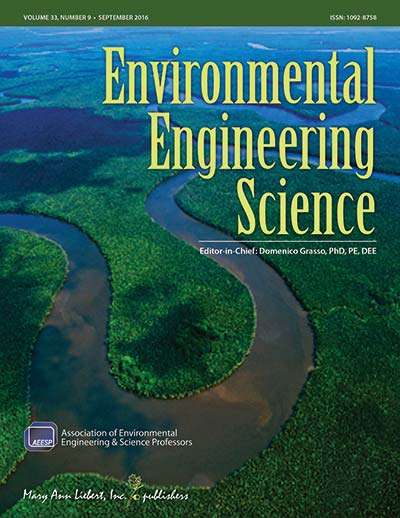What's the best way to remove perfluoroalkyls that threaten the water supply?

Elevated levels of perfluoroalkyl substances (PFASs) in drinking water can persist in water supplies for long periods and present an important health risk for millions of Americans, from hormone suppression to potentially cancer. A comprehensive review of the latest research on innovative and cost-effective ways to remove or destroy PFAS from drinking water, groundwater, and wastewater is published in Environmental Engineering Science, the official journal of The Association of Environmental Engineering and Science Professors.
"This an important and timely contribution that will help protect the health and well-being of individuals everywhere," says Domenico Grasso, PhD, Editor-in-Chief of Environmental Engineering Science and Provost & Professor, University of Delaware, Newark.
"Degradation and Removal Methods for Perfluoroalkyl and Polyfluoroalkyl Substances in Water," authored by scholars at UCLA, Caltech, and Geosyntec Consultants, provides an in-depth summary of the different PFAS treatment approaches currently in use and in development, including sorption, advanced oxidation and reduction processes, thermal and nonthermal destruction, microbial treatment, and ozonation.
The researchers propose that removal or destruction of PFAS contaminants will likely require the use of combinations of treatment technologies, as the substances are quite stable and challenging to remove.
More information: Nancy Merino et al, Degradation and Removal Methods for Perfluoroalkyl and Polyfluoroalkyl Substances in Water, Environmental Engineering Science (2016). DOI: 10.1089/ees.2016.0233
Provided by Mary Ann Liebert, Inc




















